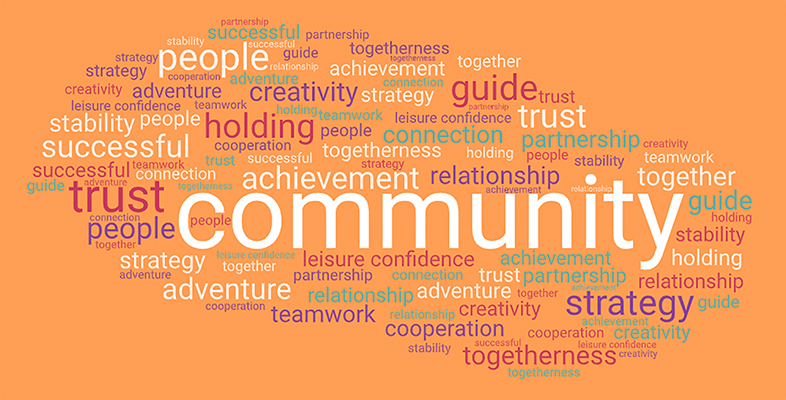2.2 Barriers and incentives to community empowerment
While the above discussion might make community empowerment seem like an overwhelmingly positive and, indeed, necessary phenomenon thing, there are nonetheless challenges and barriers.
Research by Berry and associates (2014) with public health practitioners found a number of key issues with the concept of empowerment in practice. These include the following:
- ‘Empowerment is really easy to say but really difficult to do’ (Berry et al., 2014, p. 38).
- ‘Empowerment’ has become a buzzword and has lost its meaning over time, with some people seeing it as just jargon and others finding it quite alienating.
- It can be difficult to measure the outcomes of ‘empowerment’ initiatives so a strong evidence base can sometimes be hard to establish.
- ‘Empowerment’ is a long-term process and most project evaluations are based on short- or medium-term outcomes, making applying for funding difficult.
- ‘Empowerment’ is a difficult concept to translate into different languages and cultures, because ideas about what leads to empowerment, or what an empowered individual or community is, are informed by norms and values.
- It may be difficult to empower individuals and communities in cases where people have no hope that changes for the better can be made.
So what factors can help or, alternatively, hinder community empowerment? The 2008 Communities in Control White Paper from the UK’s then Department for Communities and Local Government outlined the following barriers and incentives:
| Barriers | Incentives |
Things that stop people wanting to take part include:
|
On the other hand, factors that make people want to take part include:
|
Another key incentive to engagement with community empowerment is a clear focus on the benefits. In developing their approach to community empowerment the Scottish Government has drawn upon research which highlights that when communities feel empowered, there is:
- greater participation in local democracy
- increased confidence and skills among local people
- more people volunteering in their communities
- greater satisfaction with quality of life in the neighbourhood.
Consequently, better community engagement and participation lead to the delivery of better, more responsive services and better outcomes for communities.
Social loafing and learned helplessness
A particular challenge in community empowerment relates to social loafing. Social loafing can be understood as: ‘The general tendency for people to expend less effort on a task when working as part of a group than when working individually.’ (Law, 2016) In practical terms this relates to individual members of a group or community not making a full contribution on the basis that they expect that someone else will inevitably step in to fill the gap. In terms of community empowerment this might mean citizens not getting involved in community projects because they are confident that someone else will – even if that is not always the case.
The potential risk is that ultimately community empowerment suffers due to a sense of general apathy – those who are actively engaged and involved might give up because it seems as though others in the community simply do not care, while those who are not involved might just not bother.
At its most extreme, this can be exacerbated by what has been termed ‘learned helplessness’ – ‘A condition in which someone has learned to behave helplessly and feels powerless to alter her/his situation or condition, even if the opportunity presents itself’ (Harris and White, 2018).
